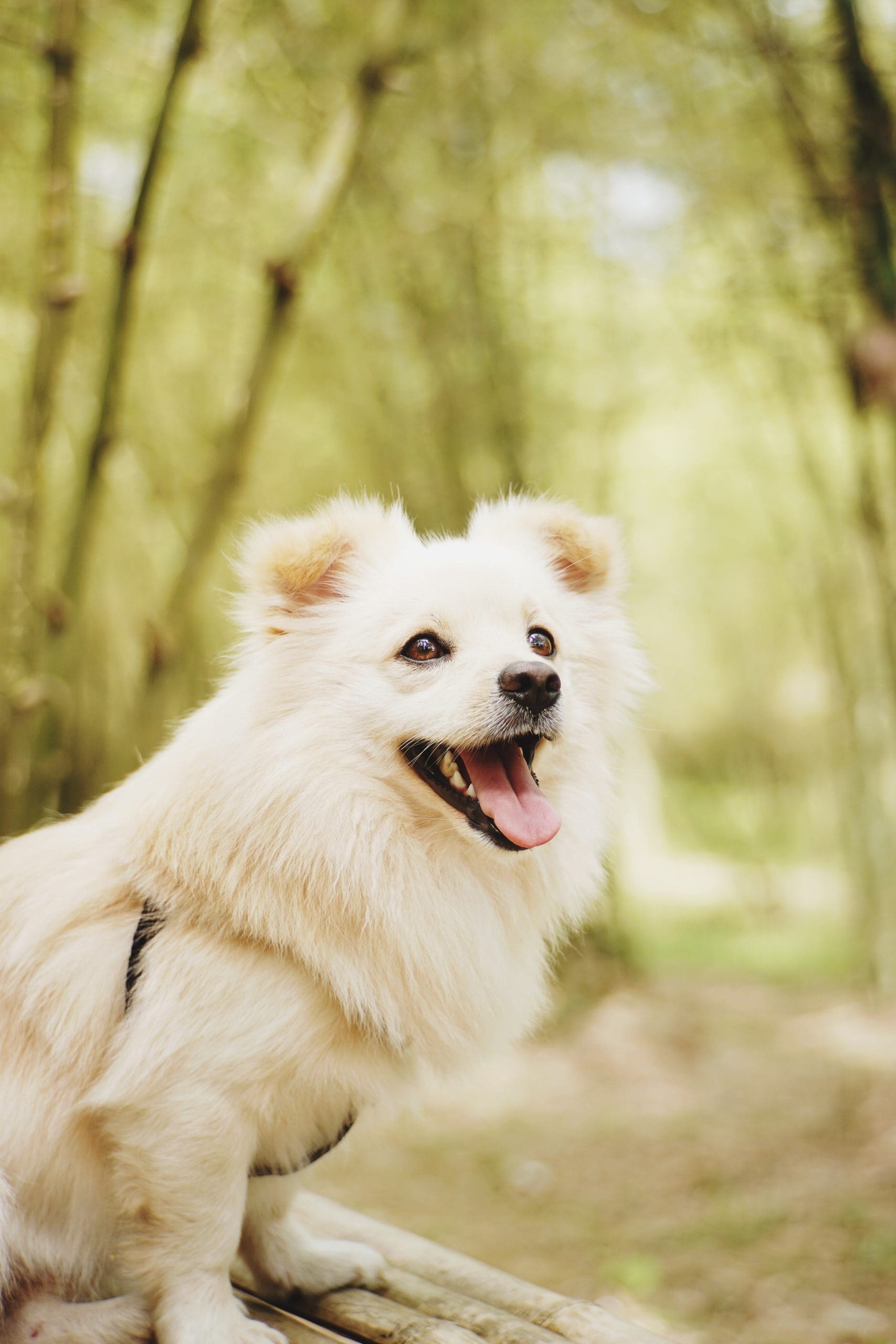Many dog owners encounter the challenge of addressing anxiety in their pets. Whether caused by loud noises, unfamiliar settings, or separation from their owners, anxiety can appear in various forms, leading to stress for both dog and owner. Recognizing the root causes of this anxiety is essential for helping your furry friend feel secure and relaxed.
Causes of Dog Anxiety
Anxiety can arise from a multitude of sources. For some dogs, insufficient socialization during their formative months can lead to anxious behavior. Traumatic experiences or negative encounters may also contribute. Additionally, changes in the household—such as moving, welcoming a new family member, or altering daily routines—can trigger anxiety. Understanding these factors can help you support your dog’s emotional needs.
Creating a Safe Space
Establishing a safe and comfortable environment is one of the first steps in calming an anxious dog. Dogs thrive on routine and familiarity. Designate a safe space in your home, equipped with their bed, favorite toys, and a blanket. Encourage your dog to retreat to this area when feeling overwhelmed. Enhance the space with calming scents like lavender or chamomile to promote relaxation.
Maintaining Consistency
A consistent routine is vital for reducing uncertainty in your dog’s life. Regular feeding, walking, and playtime schedules can help create a sense of stability. When dogs know what to expect, it alleviates some of their anxiety. If adjustments to the routine are necessary, make changes gradually, allowing your dog to adapt with minimal stress.
The Importance of Socialization
Socialization plays a crucial role in managing anxiety. Gradually exposing your dog to different people, environments, and other animals can help build their confidence. Start with controlled interactions and increase exposure as your dog becomes more comfortable. Positive reinforcement, such as treats and praise, encourages calm behavior in new situations, helping to associate these experiences with positive outcomes.
Training for Security
Training can serve as an effective tool for calming anxious dogs. Teaching basic commands like sit, stay, and come not only strengthens your bond but also provides structure. A clear understanding of expectations can instill a sense of security in your dog. Incorporating obedience training helps redirect their focus during anxious moments, making it easier to manage their fear.
Mind Your Emotions
Being mindful of your own emotions is essential. Dogs are highly perceptive and can sense their owner’s stress. If you feel anxious or frustrated, your dog may mirror those feelings. Staying calm and composed is crucial. Take a moment to breathe deeply and relax before interacting with your dog, reassuring them that everything is okay.
Physical Exercise Matters
Regular physical exercise is critical in managing dog anxiety. Daily activities like walks, playtime, or engaging in dog sports help release pent-up energy and reduce stress levels. Tailor the intensity of the exercise to your dog’s age, breed, and health condition. Active dogs may thrive on vigorous activities, while others might prefer gentler walks.
Calming Techniques
Incorporating calming techniques can also soothe an anxious dog. Activities such as massage or gentle brushing promote relaxation and strengthen your bond. When your dog is calm, take time to stroke their body or brush their fur, focusing on areas they enjoy. This tactile interaction can benefit both you and your dog.
Seeking Professional Help
For cases where anxiety is severe or persistent, consulting with a veterinarian or professional dog behaviorist can provide valuable insights. They can assess your dog’s behavior and recommend specific treatments, including behavioral therapies or medications, ensuring that any approach aligns with your dog’s overall well-being.
Exploring Calming Products
Various calming products can assist in reducing anxiety. Anxiety wraps, pheromone diffusers, and calming supplements are options worth considering. Anxiety wraps provide gentle pressure, creating a sense of security, while pheromone diffusers release calming scents. Always consult with your veterinarian before introducing new products to ensure their safety and suitability.
Fostering a Positive Atmosphere
Creating a nurturing environment can significantly impact your dog’s anxiety levels. Rather than punishing or scolding anxious behavior, focus on positive reinforcement. Reward calm behavior and celebrate small victories. For example, if your dog remains calm during a noisy event, offer treats and praise to reinforce that behavior.
Engaging in Mental Activities
Distraction can also be a powerful tool. Engage your dog in mentally stimulating activities to shift their focus away from anxiety triggers. Puzzle toys, scent games, and training exercises can keep your dog’s mind occupied, diverting attention from stressors.
Patience is Key
Helping an anxious dog is often a gradual process. Each dog is unique and may respond differently to various strategies. Celebrate small victories, whether it’s your dog feeling more comfortable in a new situation or responding positively to training commands.
Consistency Among Caregivers
Open communication with family members or caregivers is essential. Everyone involved in your dog’s care should follow the same strategies and approaches. Consistency in training, routines, and responses to anxious behavior fosters a sense of security for your dog.
Mindfulness and Bonding
Incorporating mindfulness into your daily routine benefits both you and your dog. Spend time being present with your pet, engaging in activities that foster relaxation. Whether taking a quiet walk together or simply sitting on the floor, these moments deepen your bond and create a calming atmosphere.
Finding Support
As you navigate helping your dog with anxiety, remember to be kind to yourself. It’s normal to feel overwhelmed at times. Seeking support from fellow dog owners or online communities can provide valuable insights and encouragement, empowering you in your journey.
Creating a calm environment for an anxious dog requires understanding, compassion, and commitment. By recognizing anxiety signs, establishing routines, and employing calming techniques, you can significantly enhance your dog’s quality of life. With time, patience, and love, you can help your anxious dog find peace and comfort in their surroundings. Every small step forward is a victory for both you and your pet.

